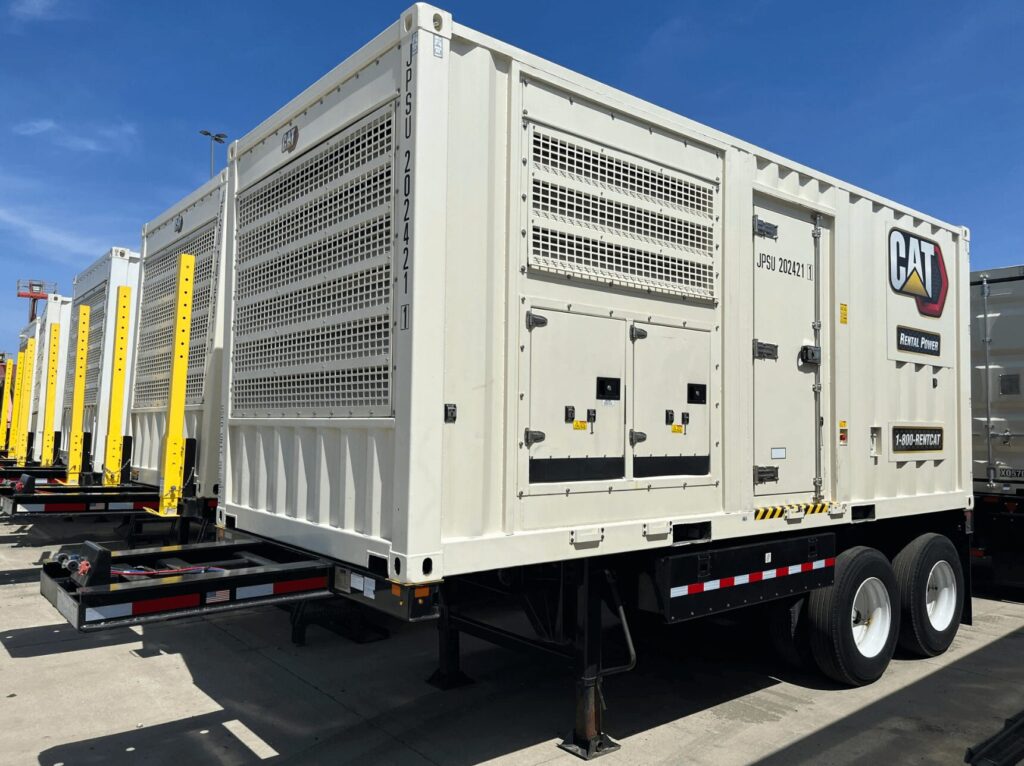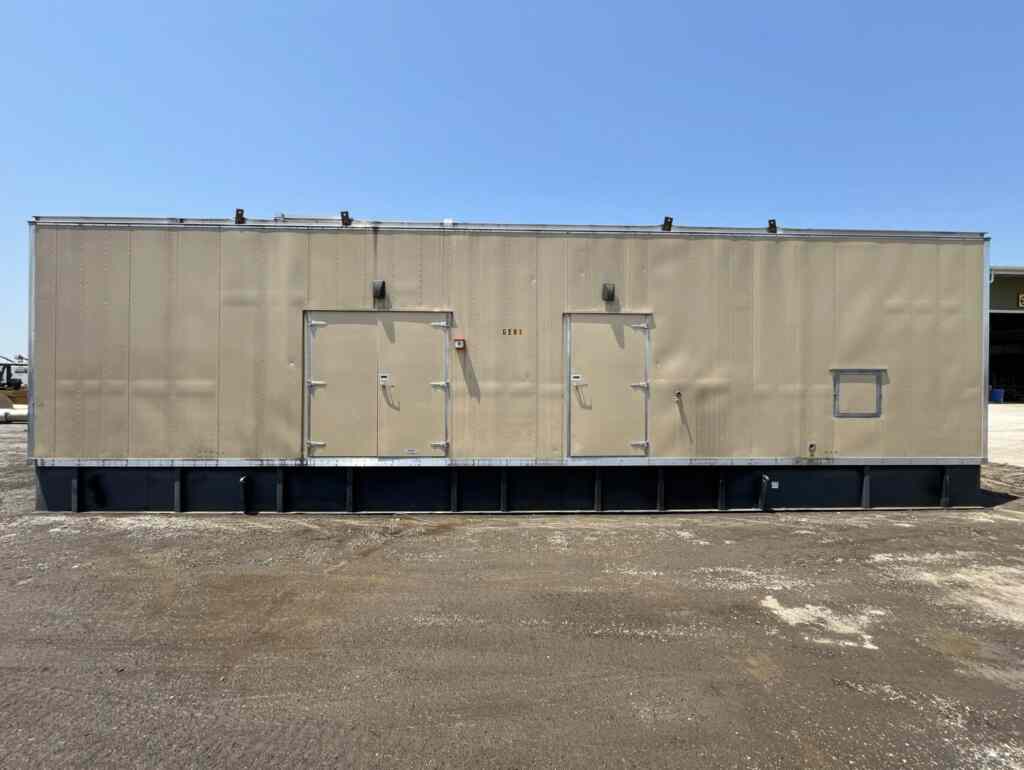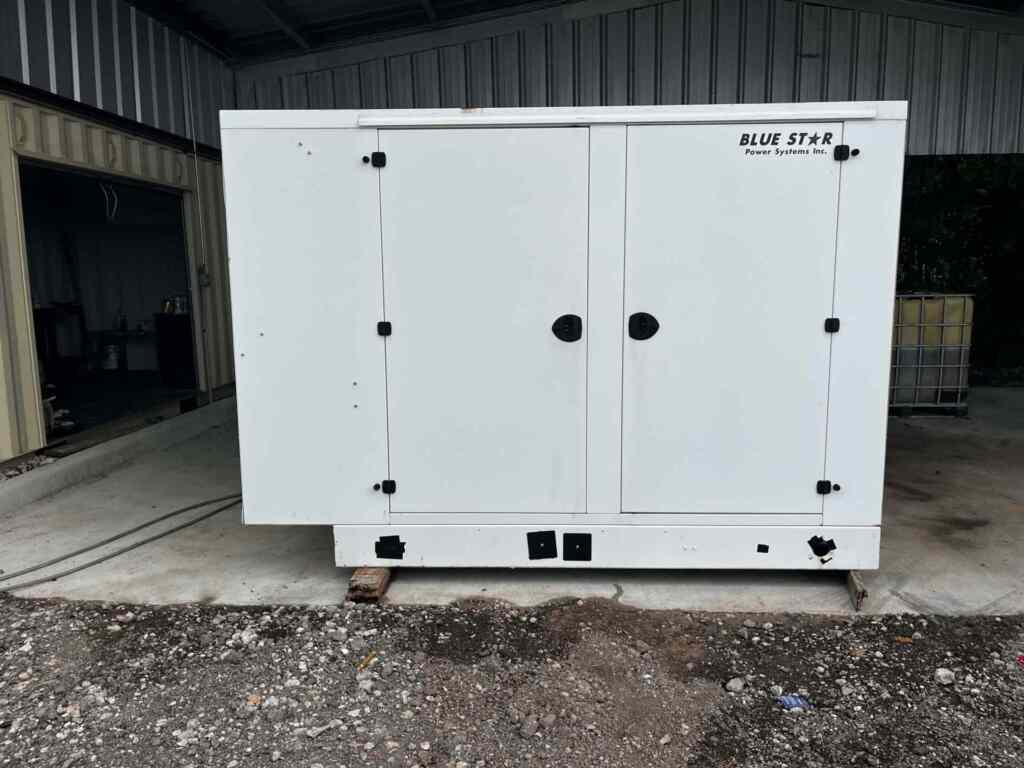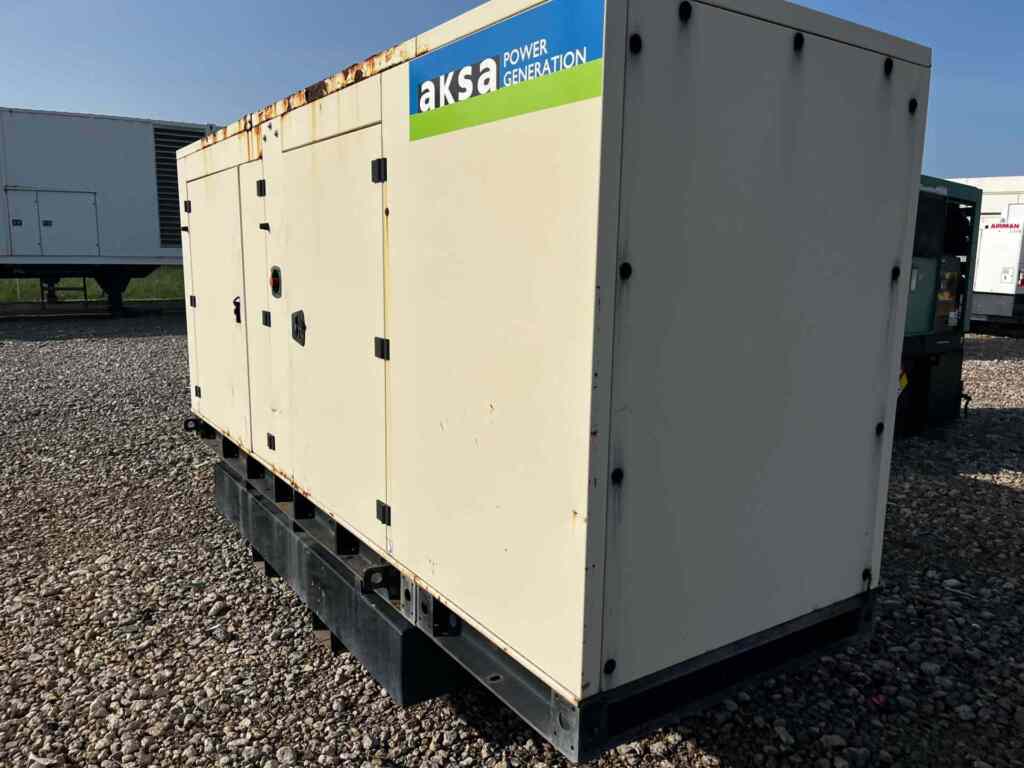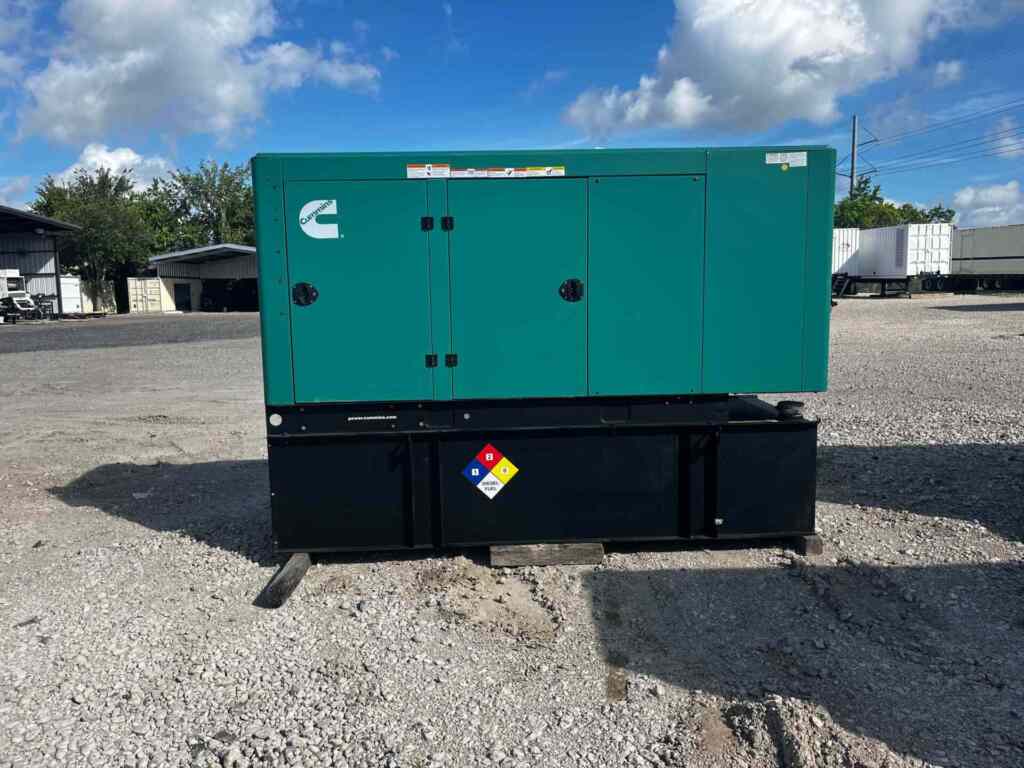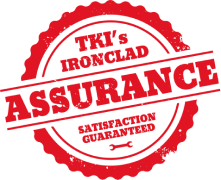Diesel generators play a major role in backup and primary power solutions for industries like healthcare, construction, agriculture, and data services. As emission standards grow stricter, especially under EPA regulations, there’s a growing need for diesel particulate filters (DPFs) to be integrated into generator systems. These filters help reduce harmful exhaust emissions and ensure that commercial operations stay within environmental guidelines. For generator owners and operators, knowing when DPFs are required, how they function, and what benefits they bring is essential to both compliance and performance.
What Is a DPF Filter and How Does It Work?
A diesel particulate filter, or DPF, is a component installed in a generator’s exhaust system. Its main function is to capture soot and particulate matter produced during the combustion of diesel fuel. These particles are then burned off during a regeneration cycle, reducing harmful emissions such as black carbon and fine particulate matter (PM).
DPFs are made from ceramic materials like cordierite or silicon carbide, which can withstand high temperatures. The filter traps particles in a honeycomb structure, forcing exhaust gases through narrow channels. As soot accumulates, the system uses passive or active regeneration to oxidize and eliminate the buildup.
When Are DPF Filters Required on Commercial Generators?
Whether a DPF is legally required on a commercial generator depends on several factors, including generator size, manufacture year, engine tier rating, and intended use. The Environmental Protection Agency (EPA) and state-level environmental boards have introduced strict standards for diesel generator emissions under the National Emissions Standards for Hazardous Air Pollutants (NESHAP) and the Clean Air Act.
| Tier Rating | Emission Requirements | DPF Requirement |
| Tier 1 & 2 | High NOx and PM levels | Not originally equipped; retrofitting may be required for compliance. |
| Tier 3 | Moderate emissions control | Optional but recommended in urban or sensitive locations. |
| Tier 4 Interim | Advanced NOx reduction | Often includes DOCs but not full DPFs. |
| Tier 4 Final | Strict PM and NOx limits | Equipped with DPFs and SCR systems by default. |
Commercial Generator Filters and Emissions Compliance
Commercial generator filters, especially DPFs, are a direct response to environmental regulations targeting particulate emissions. The EPA regulates diesel engine emissions through tiered compliance levels. Operators using older Tier 1 or Tier 2 engines in non-attainment zones may be required to retrofit DPFs to avoid penalties.
State-level agencies, particularly in California under CARB (California Air Resources Board), may enforce more aggressive requirements. Projects in urban or environmentally sensitive areas often demand additional filtration, even when not federally mandated. Businesses involved in public projects or sensitive sectors like healthcare or education should be especially cautious when evaluating their generator’s emissions output.
How DPF Filters Benefit Generator Performance and Lifespan
While DPF filters are primarily associated with emission control, they also contribute to better generator performance over time. Removing soot from the exhaust system reduces backpressure, allows more efficient fuel combustion, and can result in better power stability during peak loads.
Here are some advantages of using DPF filters in commercial generator systems:
- Cleaner operation: Less soot accumulation in the exhaust path.
- Extended engine life: Less wear from soot contamination.
- Improved air quality: Especially important in enclosed or populated locations.
- Compliance assurance: Reduces the risk of EPA or local fines.
- Market access: Easier to qualify for contracts requiring low-emission equipment.
Types of Regeneration for DPF Systems
Regeneration is the process that burns off accumulated soot in a DPF filter. There are three common types used in generator systems:
- Passive regeneration: Occurs automatically when the exhaust temperature is high enough.
- Active regeneration: Uses fuel injection or electrical heaters to raise temperatures.
- Forced regeneration: Manual intervention is typically required when other cycles fail.
Generators with consistent heavy loads usually regenerate passively. Units that idle or run intermittently may need forced or active cycles, which add complexity and maintenance costs if not properly managed.
Maintenance Practices for Commercial Generator Filters
Proper maintenance ensures the DPF continues to function as designed. Neglecting regeneration or filter cleaning can lead to excessive backpressure, engine derating, and even catastrophic shutdown.
Recommended practices include:
- Monitoring backpressure levels regularly.
- Scheduling periodic inspections and cleanings.
- Using appropriate fuel types and additives (if applicable).
- Following the manufacturer-recommended load profiles to ensure successful regeneration.
Cleaning a DPF filter typically involves thermal, air-blast, or ultrasonic methods. The interval depends on load profile and usage hours, with many units requiring cleaning every 1,000–3,000 hours of use.
The Benefits of Retrofitting a DPF Filter on Older Generator Models
Many older commercial generators in service today were built before Tier 4 Final regulations. In regions with stricter emissions enforcement, owners may be required to retrofit DPF filters to keep these units operational.
Retrofitting involves adding a DPF to the exhaust system, sometimes along with other components like diesel oxidation catalysts (DOC) or selective catalytic reduction (SCR) units. Not every generator is a good fit for retrofitting. Factors to consider include:
- Engine model and tier rating;
- Operational load profile;
- Available exhaust temperature; and
- Space for installing filtration components.
Working with a generator expert ensures that retrofitting makes sense both technically and financially. A poorly matched retrofit may cause more harm than good, leading to higher maintenance and lower performance.
Cost Considerations for DPF Systems
The cost of DPF systems varies based on generator size, type, and usage. For large commercial units, a DPF retrofit can range from $10,000 to $50,000, depending on the complexity. Additional costs may include:
- Installation labor;
- System calibration;
- Monitoring equipment; and
- Regular cleaning or replacement.
Despite upfront costs, the long-term value includes reduced liability, greater contract access, and smoother regulatory inspections. Investing in a certified generator that already meets Tier 4 Final standards can also help avoid these expenses entirely.
Choosing the Right Generator with DPF Support
When sourcing a generator, especially for long-term projects or critical operations, businesses should consider emissions compliance from the start. Opting for a Tier 4 Final generator with a built-in DPF and SCR system is the most efficient path to compliance.
Key features to look for include:
- Low engine hours;
- Documented maintenance and test history;
- Proper EPA labeling; and
- IronClad certification or third-party testing assurance.
Why Businesses Choose Turnkey Industries for Generator Compliance and Performance
Turnkey Industries supports businesses that depend on commercial generators to meet operational demands and environmental standards. With over 15 years of experience, the company offers reliable, low-hour, pre-owned industrial generators that are ready for use and backed by a 30-day warranty.
Here’s what makes Turnkey Industries a trusted generator partner:
- Large inventory of Tier 4 Final units with built-in DPF systems.
- IronClad Certified equipment that passes full inspection and load testing.
- Top generator brands including Caterpillar, Cummins, Kohler, Baldor, and Multiquip.
- Support for retrofitting older generators with emissions solutions.
- Fast nationwide and international delivery with expert logistics assistance.
- Applications served include hospitals, aquaculture, construction, construction sites, and more.
To find the right generator for your business or get expert help with emissions compliance, contact us today.
 Turnkey Industries offers a variety of high-capacity
Turnkey Industries offers a variety of high-capacity 
